Text and Photos by Henrylito D. Tacio
“As I traversed the road, I could really feel the beauty of the place,” said Atty. Lorenzo R. Tañada III. The human rights and labor rights advocate was talking about Mati, the lone
city of Davao Oriental.
It was his first time visiting Mati, where he was invited as the guest speaker for a tourism business and investment forum. During his speech, he said he was impressed by how the city preserved its scenic spots. “This is a tourism haven,” he said.
In the past, Mati City was considered Davao Region’s “best kept secret.” Now that the word is already out, it has positioned itself as the alternate tourism destination of Davao City, according to Dashiel I. Indelible, Jr., the city tourism officer.
Even during the coronavirus disease 2019 (COVID-19) pandemic, Mati opens its gate to people who want to visit the place. “At the beginning of the pandemic, we totally closed our city,” the boyish-looking Indelible said. “But in June 2020, we gambled by opening our doors to visitors.”
Part of the reason was because people need income to make both ends meet. He called it: “Saving Lives, Saving Livelihood.” Despite the fact that it was still “business as usual,” he said they have to follow all the necessary health protocols to keep concerned people from being infected with the dreaded coronavirus.
The gamble paid off. Since most tourist destinations in the region (particularly Samal and Davao) were closed, people came to flock to Mati City to take a much-needed rest and be far away from the crowd.
The gamble paid off. From 264,706 local visitors in 2019, it went down to 203,244 in 2020 but increased to 369,2008 in 2021. In the first quarter of 2022, there are already 91,859 local visitors.
Tourist arrival from other countries was also affected by the pandemic. From 7,694 foreign visitors in 2019, only 742 came in 2020 and 217 in 2021. From January to March, 129 foreign visitors have come to the city.
Mati faces the Pacific Ocean, and it has a coastline of 150 kilometers. It has three bays: Pujada, Balite, and Mayo. All three bays have been accepted by the board of directors of the Most Beautiful Bays in the World.
Pujada Bay, which covered 21,200 hectares, was declared a marine protected area in 1994 by then President Fidel Ramos. “Pujada Bay is almost a virgin paradise,” said Bruno Bodard, the club’s founder and manager. “It is much more beautiful than we expected. You have a jewel in Pujada Bay.”
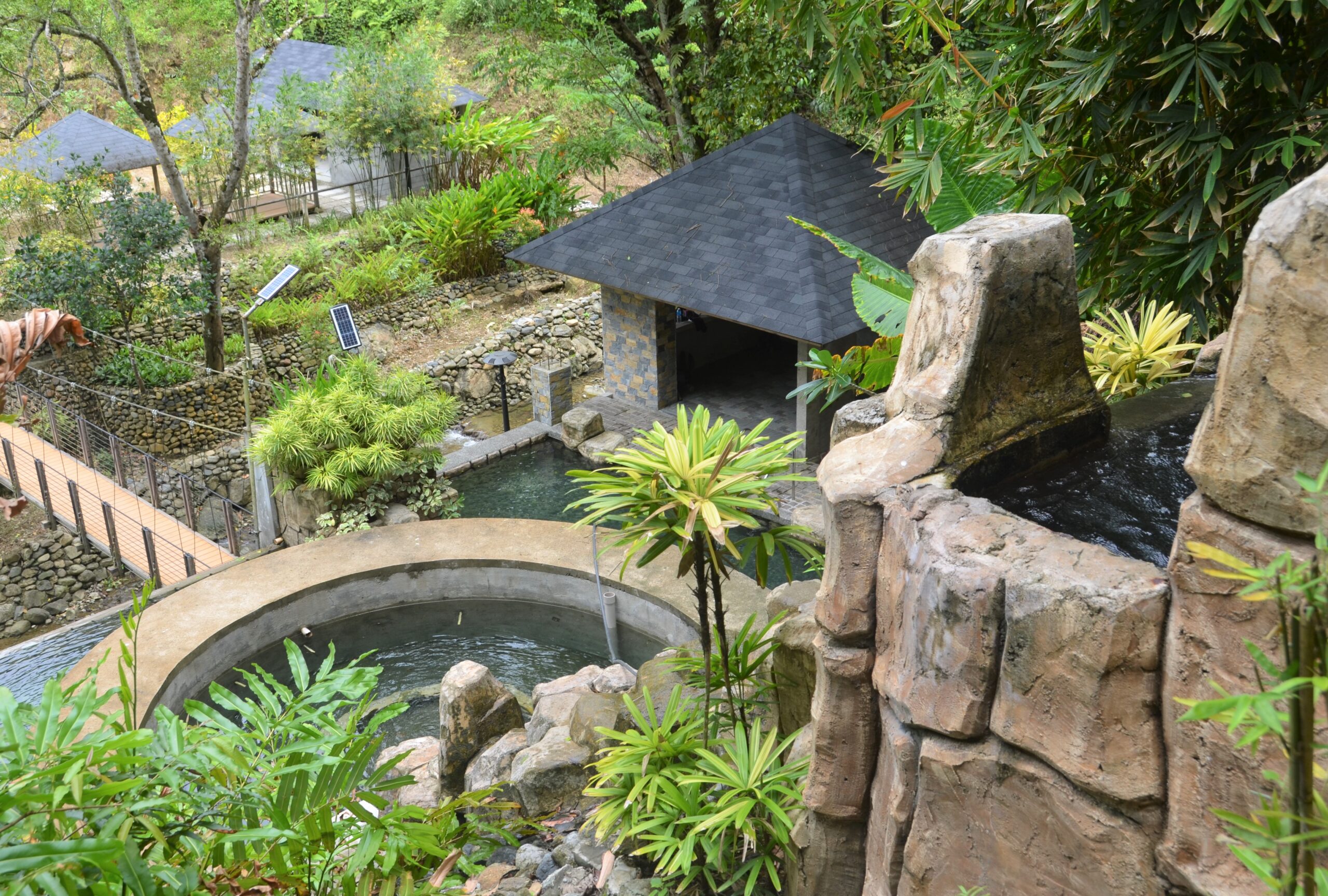

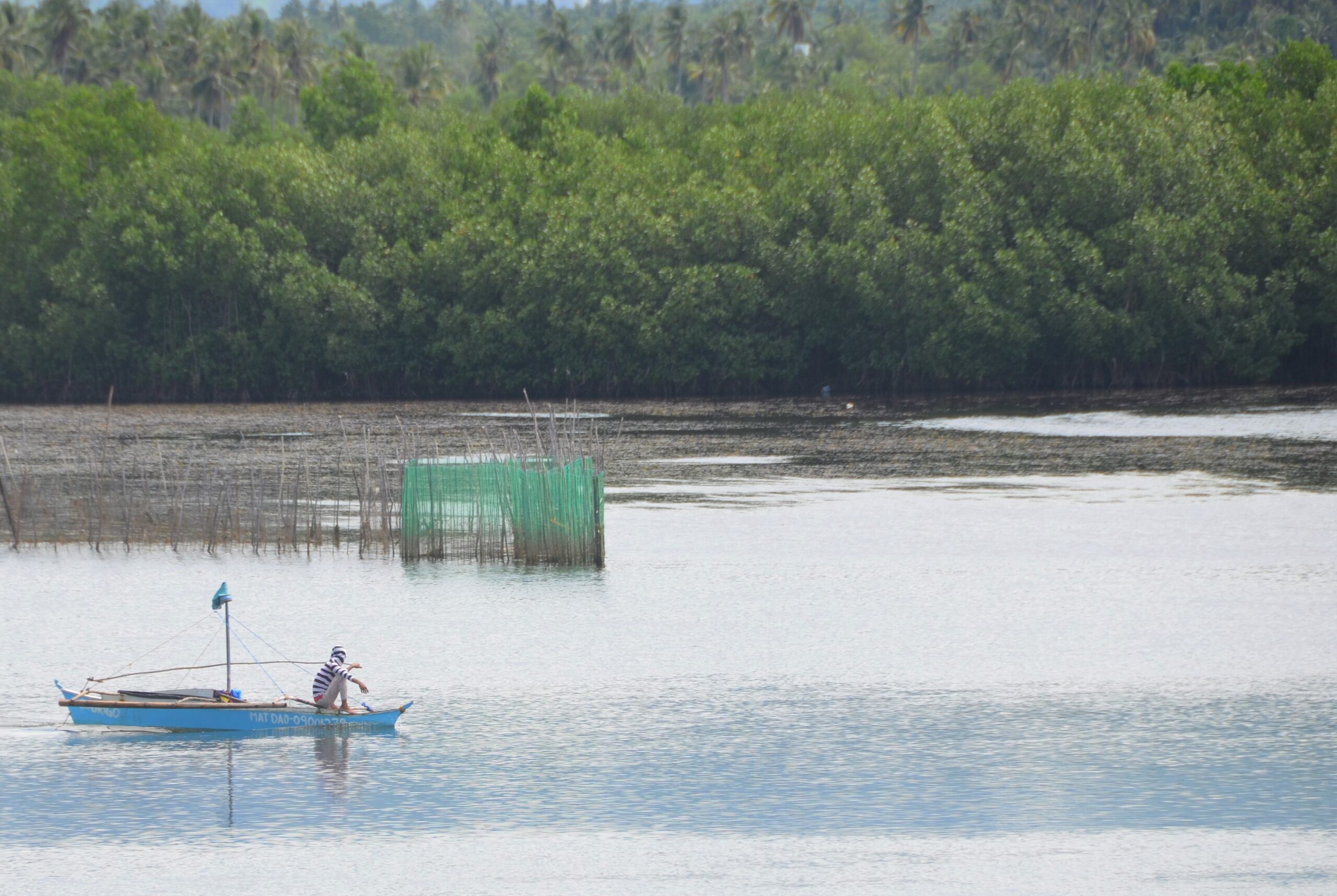
During our recent visit, we stayed at Bahia Resort, which is located at Pujada Bay. The following day, we had the pleasure of going to Pujada Island, a 156-hectare located at the entrance of Pujada Bay. It is about 45 minutes by boat from where we were staying.
I had been to the island before, but this time, I finally took a dip in its crystal-clear waters with varying hues of blue. I was having fun walking on its fine white sand, which reminds you of those in Boracay. “It is open to the public, but they have to coordinate with us as this is a private property,” said Arnold L. Marundan, a staff of the tourism office.
There are two other islands which you can visit. For one, there’s Waniban Island, a 15-minute ride from either barangay Bobon or Tamisan. Comprising about three hectares, the island is ideal for picnic, swimming, and sunbathing.
Oak Island is “now you see, now you don’t,” as it is vanishing from the eyes during the high tide. Located in barangay Lawigan, it can be reached by a one-hour motor ride from barangays Bobon or Tamisan.
Mati is noted for its beaches. Let’s highlight Dahican Beach first, about a 15-minute ride from the heart of the city. It is known as Mindanao’s mini-Hawaii as it is a prime location for surfers and skimboarders. The strong wind is ideal for wind and board surfing.
If you’re lucky, you get to meet Sonny Boy “Bayogyog” Abordo, who has won several skimboarding competitions in various parts of the world. He was once a member of the homegrown group of surfers called Amihan, which refers to the easterly winds of the Pacific Ocean.
It is also in Dahican where you can proceed to Menzi Visitors Information Center. It has a campsite along the shoreline and is a joint project of the city government and the Department of Environment and Natural Resources (DENR).
There are several resorts located in Dahican, but if you want to go inside and don’t have the budget to pay for the entrance fee, you can go directly to the access road. There’s no entrance fee; just follow the road which will bring you to Dahican Beach.
Operating within the stretch of Dahican Beach are Botona Dahican Beach Resort and Kanakbai Tropical Homes. Botona maintains its quiet and relaxing ambiance, while Kanakbai is part of a 14-hectare coconut plantation with a beachfront facing the Pacific Ocean.
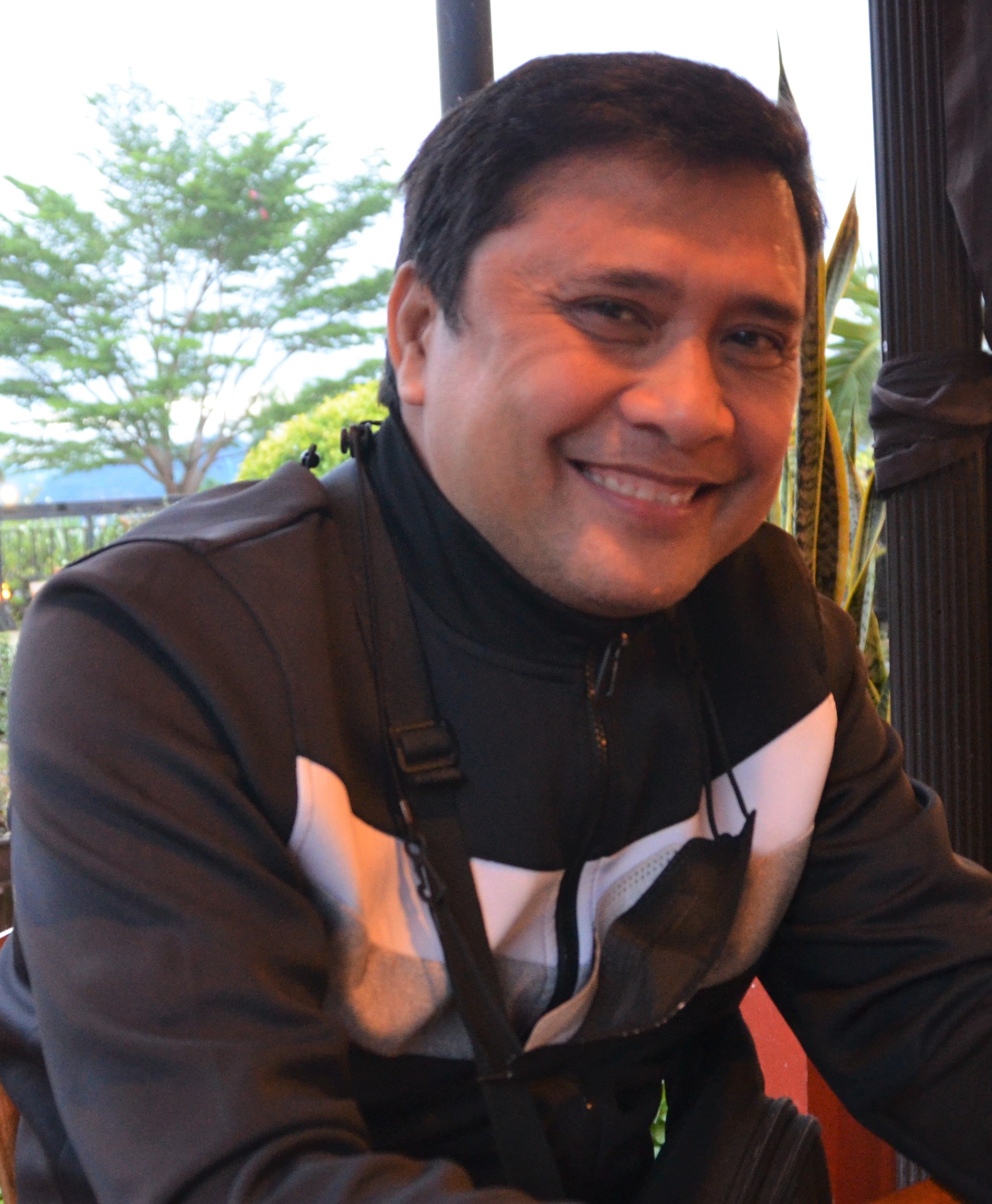
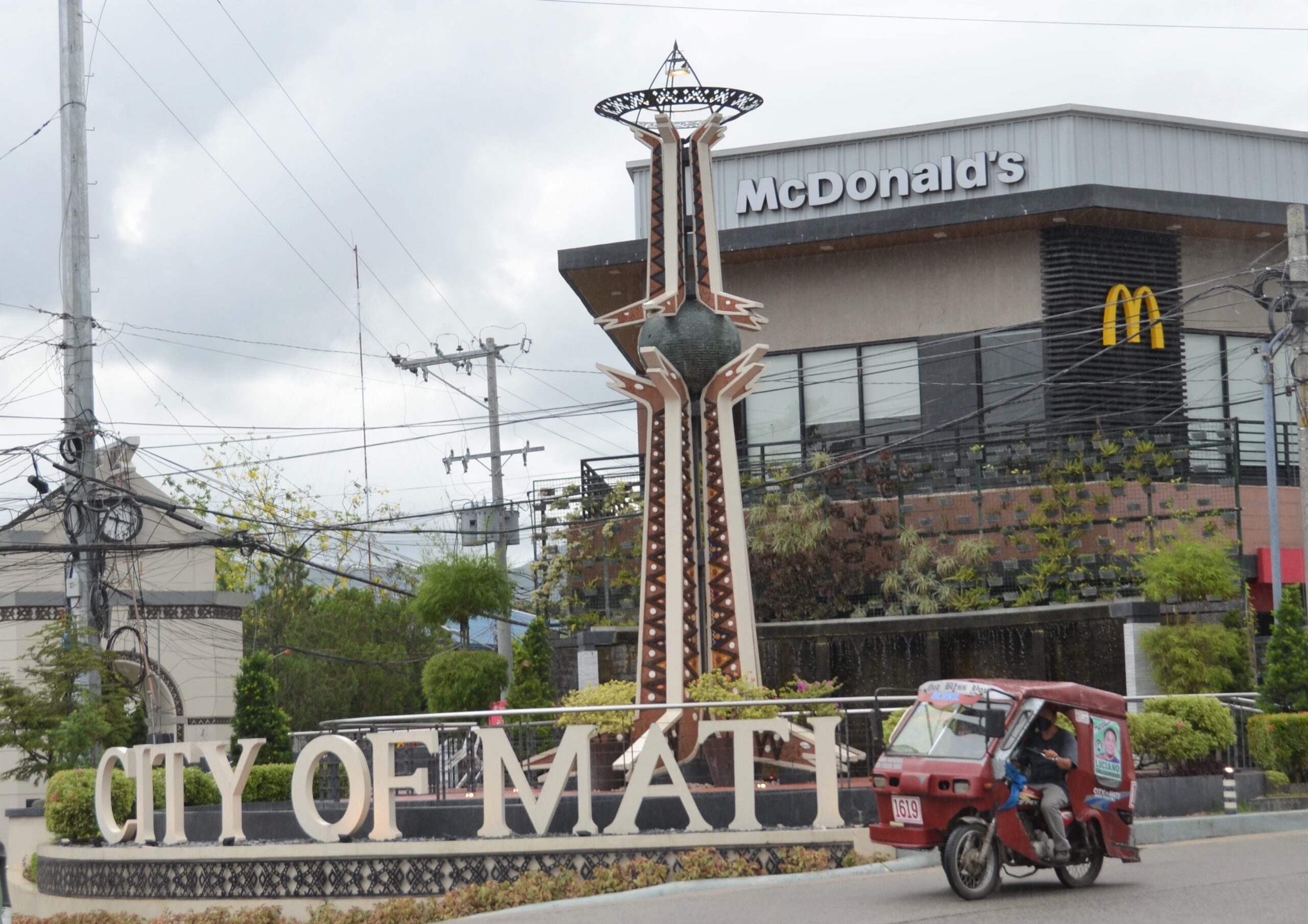
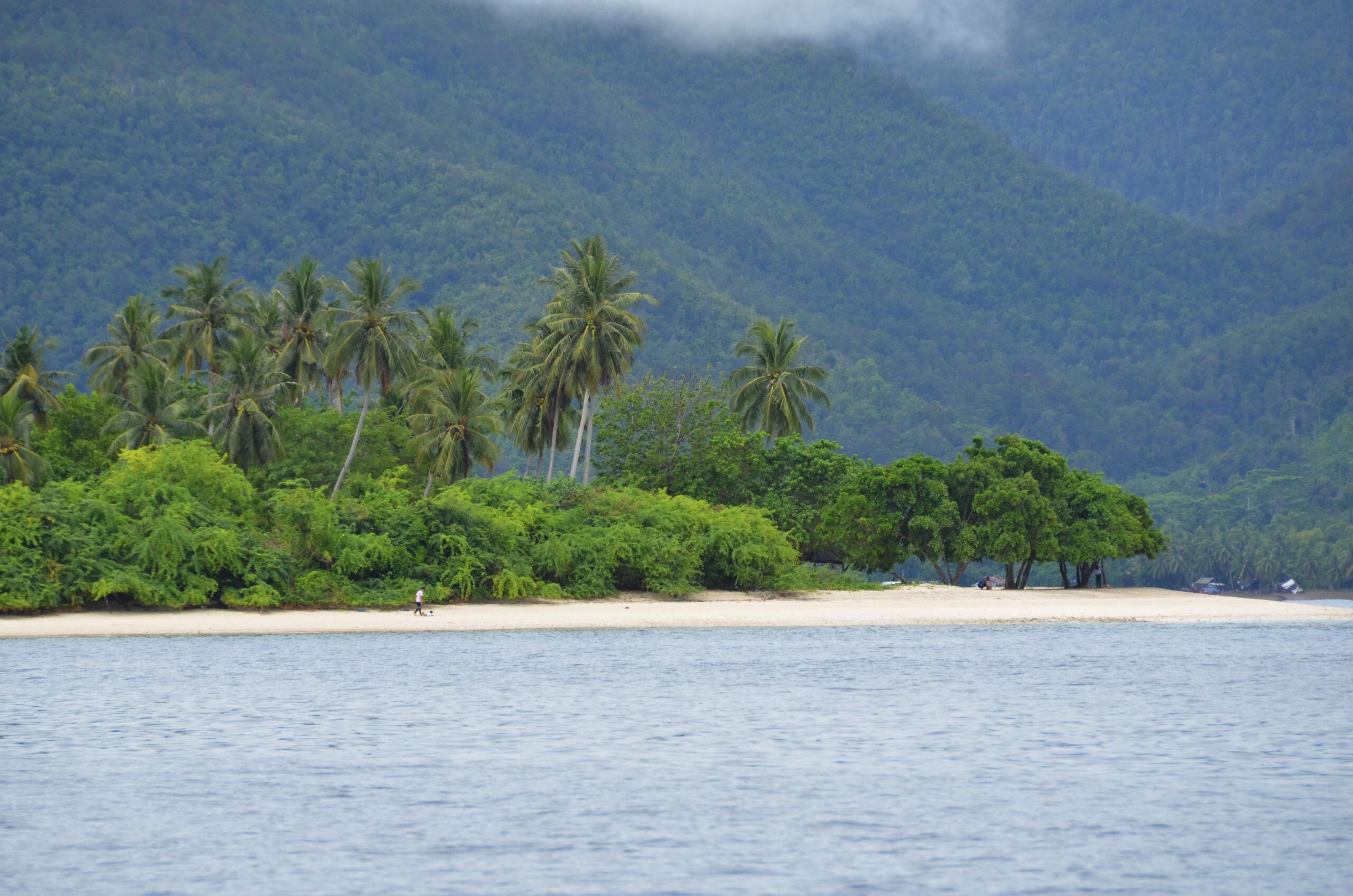
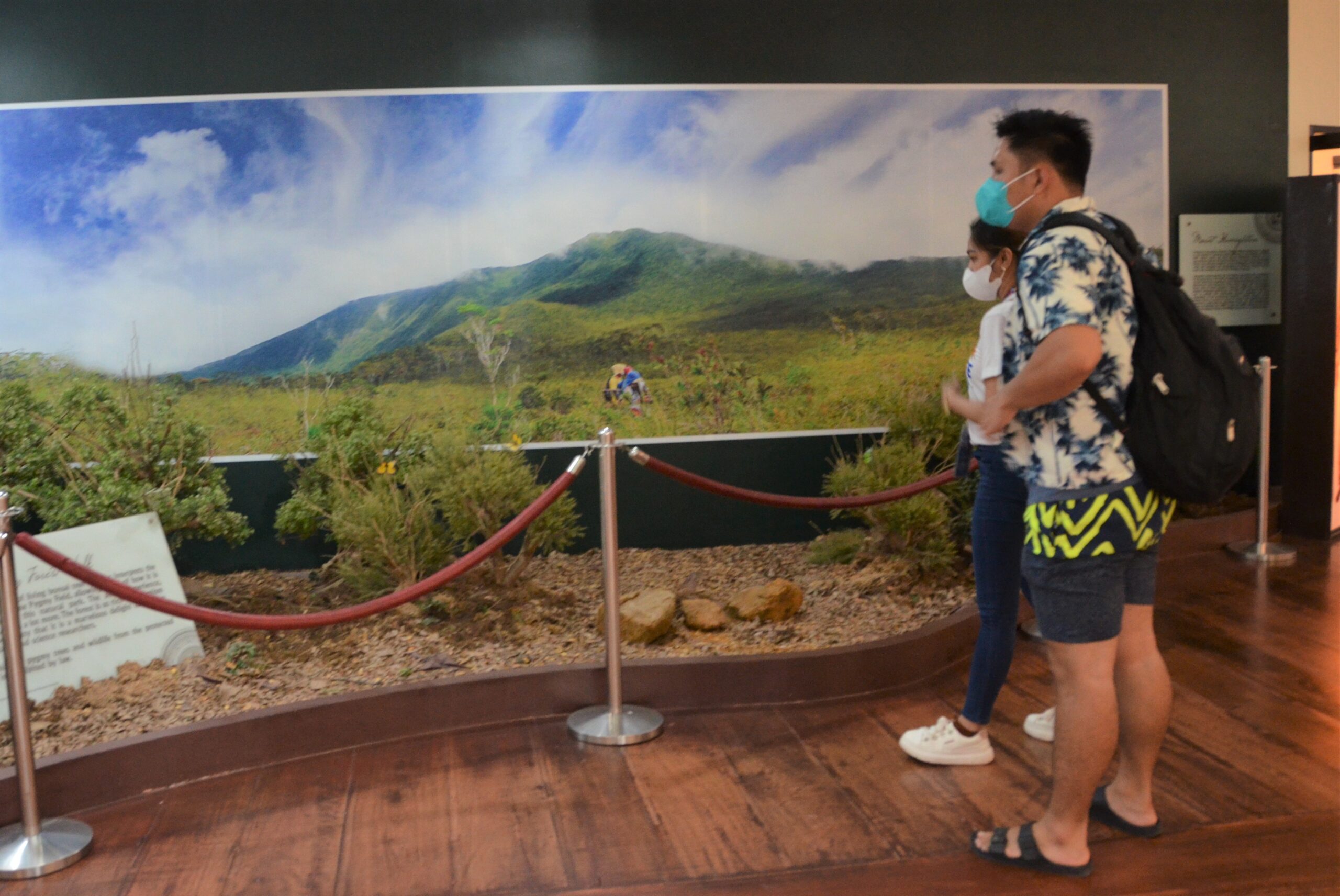
Located along the Masao beach strip are Masao Beach Resort, Gregorio Beach Resort, and Jam Bay Resort. Both Masao and Gregorio have floating cottages, while Jam Bay has cottages along the beachfront.
The Mayo Beach, ideal for picnic and small gathering, can be reached by 30-minutes travel from the poblacion. The place reminds you of the Brooke Shields movie because it has a deep blue lagoon and cold spring water. The wind coming from the ocean could soothe your tired mind and body.
Lawigan Beach is a fine white sand beach and is near a marine protected area, which is perfect for diving and swimming. It is about 45 minutes from the heart of the city by vehicle.
If you’re tired of swimming and island hopping, you can always go to Guang Guang Mangrove Park. It is composed of three coastal ecosystems: mangroves, seagrasses, and coral reefs. Spanning 21,000 hectares, it serves as a sanctuary for various marine species, including the endangered pawikan. The park and its nurseries are a joint project of the Guang Guang community and DENR.
Aside from pawikan, Mati is also home to a wide variety of other marine mammals like dolphins and dugongs. If you are interested to see them up close, you may opt to do the Dahican cruises. Most of them are already endangered, but you can watch them live in Mati waters.
On land, there are several places you can visit. You can scale Mount Hamiguitan, where you can marvel at the 2,500-hectare pygmy (bonsai) forest. In barangays, Cabuaya and Luban is the 7,000-hectare tropical forest, which is considered home to the endangered Philippine Eagle.
Amidst the forest of barangay, Buso is a hot spring whose mineral water can provide an invigorating and relaxing sensation. Just recently, the government developed the Buso Hot Spring Nature Park, where people can take a bath and enjoy the serenity of the place.
Ivy Jean Gallego, a tourism staff, said that visitors could also do horseback riding and river trekking and see actual performances of members of the indigenous communities as they showcase their culture and traits.
If buildings and landmarks are your thing, Mati has something for you, too. First, visit its Subangan Museum, which showcases the rich heritage and diversity of everything the province has to offer. When you enter the museum, you will be welcomed by Davor, a complete skeleton of a sperm whale weighing 20 metric tons at 53-foot long.
Another landmark you should not miss is the Pylon Monument. Built more than 50 years ago, it serves as a gateway to Mati’s commemoration. It was erected in memory of the late Mayor Luis G. Rabat.
You won’t likely fail to go to the Mayor Francisco G. Rabat Park and Baywalk. It is right at the heart of the city, and it is where important events in the city are being held. It is where you can have your picture taken with “I love Mati.”
When you enter Mati, you pass first barangay Badas, where a zigzag road along the top of a cliff offers a captivating vista of Pujada Bay. Badas Highway is lined with trees, and every bend lets you take a peek at the serene blue ocean below. From this viewpoint, you get to see the so-called “sleeping dinosaur,” a natural attraction of approximately 579 hectares.
Mati City, the capital of Davao Oriental, takes its name from the Mandayan word maa-ti, referring to a local creek that quickly dries up even after heavy rain. Now the center of commerce, education, and government, it became a municipality in 1903.
Mati became a component city on June 19, 2007, by virtue of Republic Act No. 9408; Mati became a component city on June 19, 2008. It has a total land area of 791.09 square kilometers, with more than half of it covered with forests.
The only thing about Mati is that there are no taxis in the city. The primary means of transportation are pedicabs, tricycles, and underbone motorcycles. Don’t worry about finding a place to stay, though. There are plenty in the city.

